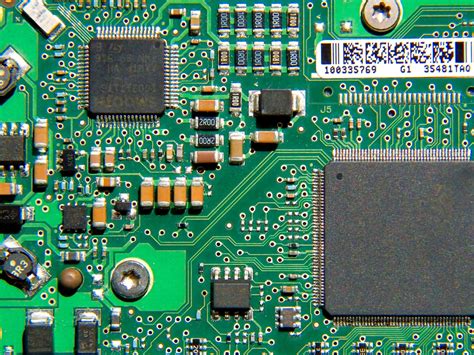
ALL ABOUT FLEX PCB
-
 Read more: Circuit Board Components Identification: A Comprehensive Guide
Read more: Circuit Board Components Identification: A Comprehensive GuideIntroduction to Circuit Board Components A circuit board, also known as a printed circuit board (PCB), is the foundation of modern electronic devices. It is a flat board made of insulating material, such as fiberglass or plastic, with conductive pathways etched or printed onto its surface. These pathways, called traces, […]
-
AS5600 – 12-bit Magnetic Rotary Position Sensor
Posted by
–
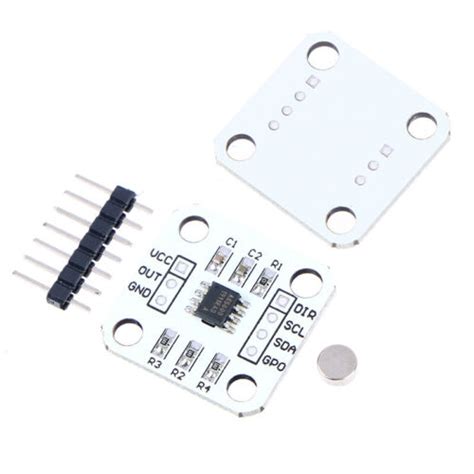 Read more: AS5600 – 12-bit Magnetic Rotary Position Sensor
Read more: AS5600 – 12-bit Magnetic Rotary Position SensorIntroduction to the AS5600 Magnetic Sensor The AS5600 is a state-of-the-art magnetic rotary position sensor developed by ams AG, a leading provider of high-performance sensor solutions. This sensor utilizes Hall effect technology to detect the angular position of a magnetic field, enabling precise and contactless measurement of rotary motion. With […]
-
Air-Core Inductor Design: All You Need to Know
Posted by
–
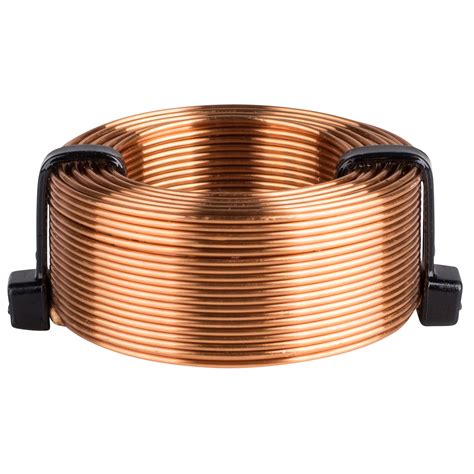 Read more: Air-Core Inductor Design: All You Need to Know
Read more: Air-Core Inductor Design: All You Need to KnowWhat is an Air-Core Inductor? An air-core inductor is a passive electronic component that consists of a coil of wire wound around a non-magnetic core, such as air or plastic. The inductor’s primary function is to store energy in the form of a magnetic field when an electric current passes […]
-
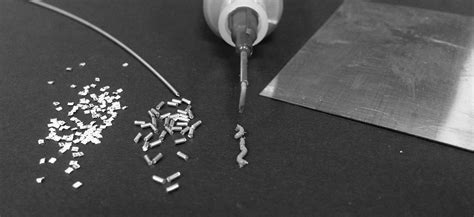 Read more: Different Types of Solder- All Common Classifications
Read more: Different Types of Solder- All Common ClassificationsTypes of Solder Based on Composition Lead-based Solder Lead-based solder is an alloy that contains lead as its primary component, along with tin. The most common lead-based solder is 63/37, which consists of 63% tin and 37% lead. Lead-based solders have been widely used in the electronics industry due to […]
-
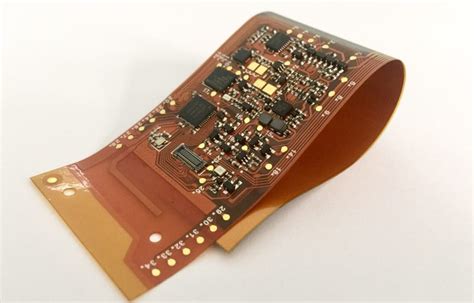 Read more: Rigid-Flex PCB-How to Streamline and Improve Reliability
Read more: Rigid-Flex PCB-How to Streamline and Improve ReliabilityWhat is a Rigid-Flex PCB? A rigid-flex PCB is a printed circuit board that combines both rigid and flexible substrates, allowing the board to be bent and folded to fit into tight spaces or unique enclosures. The rigid areas of the board provide structural support for components, while the flexible […]
-
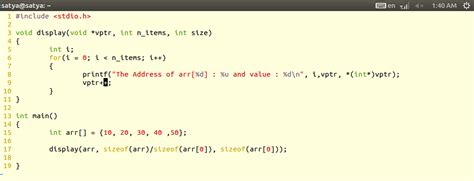 Read more: Void Pointers In C: Why You Need Them in Your Coding Experience
Read more: Void Pointers In C: Why You Need Them in Your Coding ExperienceIntroduction to Void Pointers In the vast world of programming, pointers play a crucial role in efficiently manipulating data and memory. Among the various types of pointers available in the C programming language, void pointers stand out as a powerful and versatile tool. Void pointers, denoted as void*, offer a […]
-
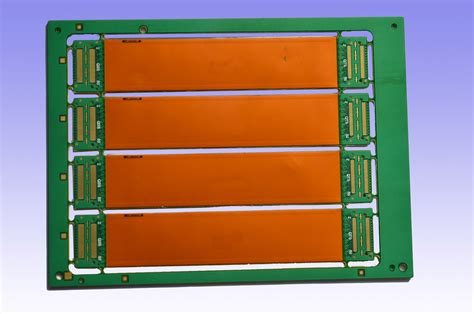 Read more: Flexible PCB Manufacturing and Assembly from 1 to 10 Layers
Read more: Flexible PCB Manufacturing and Assembly from 1 to 10 LayersIntroduction to Flexible PCBs Flexible printed circuit boards (PCBs) have gained significant popularity in recent years due to their versatility, reliability, and ability to fit into compact spaces. These PCBs are made from flexible materials, such as polyimide or polyester, allowing them to bend, twist, and fold without losing their […]
-
Drill File-How to Generate
Posted by
–
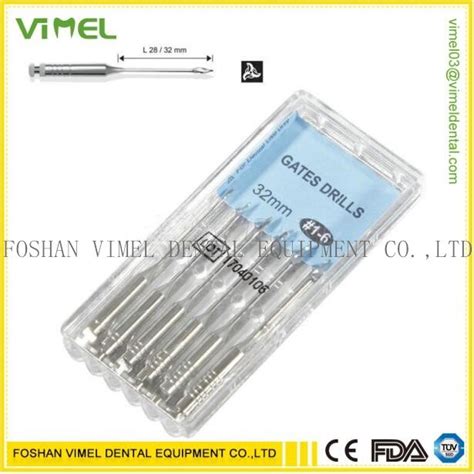 Read more: Drill File-How to Generate
Read more: Drill File-How to GenerateWhat is a Drill File? A drill file, also known as a drill data file or a NC drill file, is a computer-aided manufacturing (CAM) file format used in printed circuit board (PCB) fabrication. It contains information about the location, size, and type of holes to be drilled in a […]
-
PCB Substrate-What You Should Know About It
Posted by
–
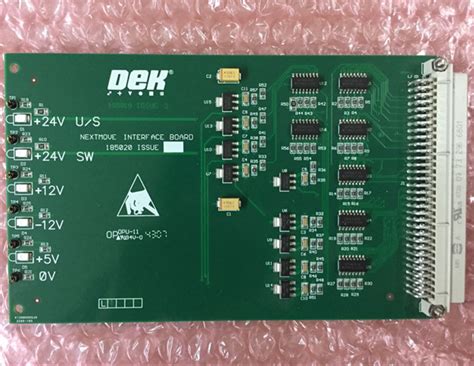 Read more: PCB Substrate-What You Should Know About It
Read more: PCB Substrate-What You Should Know About ItWhat is a PCB Substrate? A PCB (Printed Circuit Board) substrate is the foundation material upon which the electronic components and conductive traces are placed. It provides mechanical support and electrical insulation for the components and interconnections. The substrate is a critical component of a PCB, as its properties directly […]
-
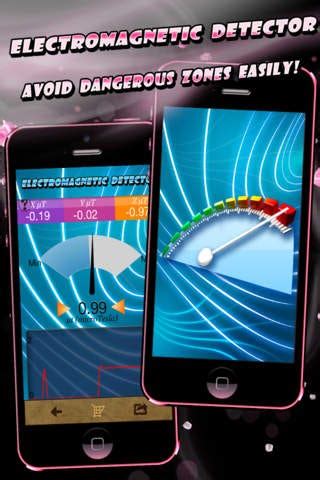 Read more: Electromagnetic field high speed automatic scanning technology
Read more: Electromagnetic field high speed automatic scanning technologyIntroduction to EMF scanning Electromagnetic field (EMF) scanning is a cutting-edge technology that has revolutionized the way we detect and measure electromagnetic fields in various environments. This non-invasive technique allows for rapid, accurate, and high-resolution mapping of electromagnetic fields, enabling researchers, engineers, and technicians to identify potential sources of interference, […]




